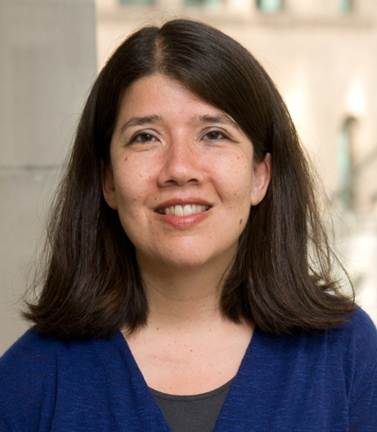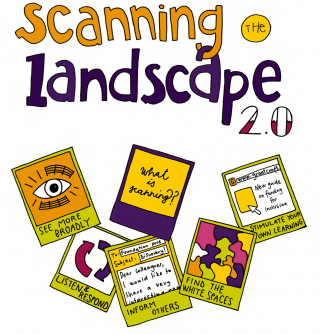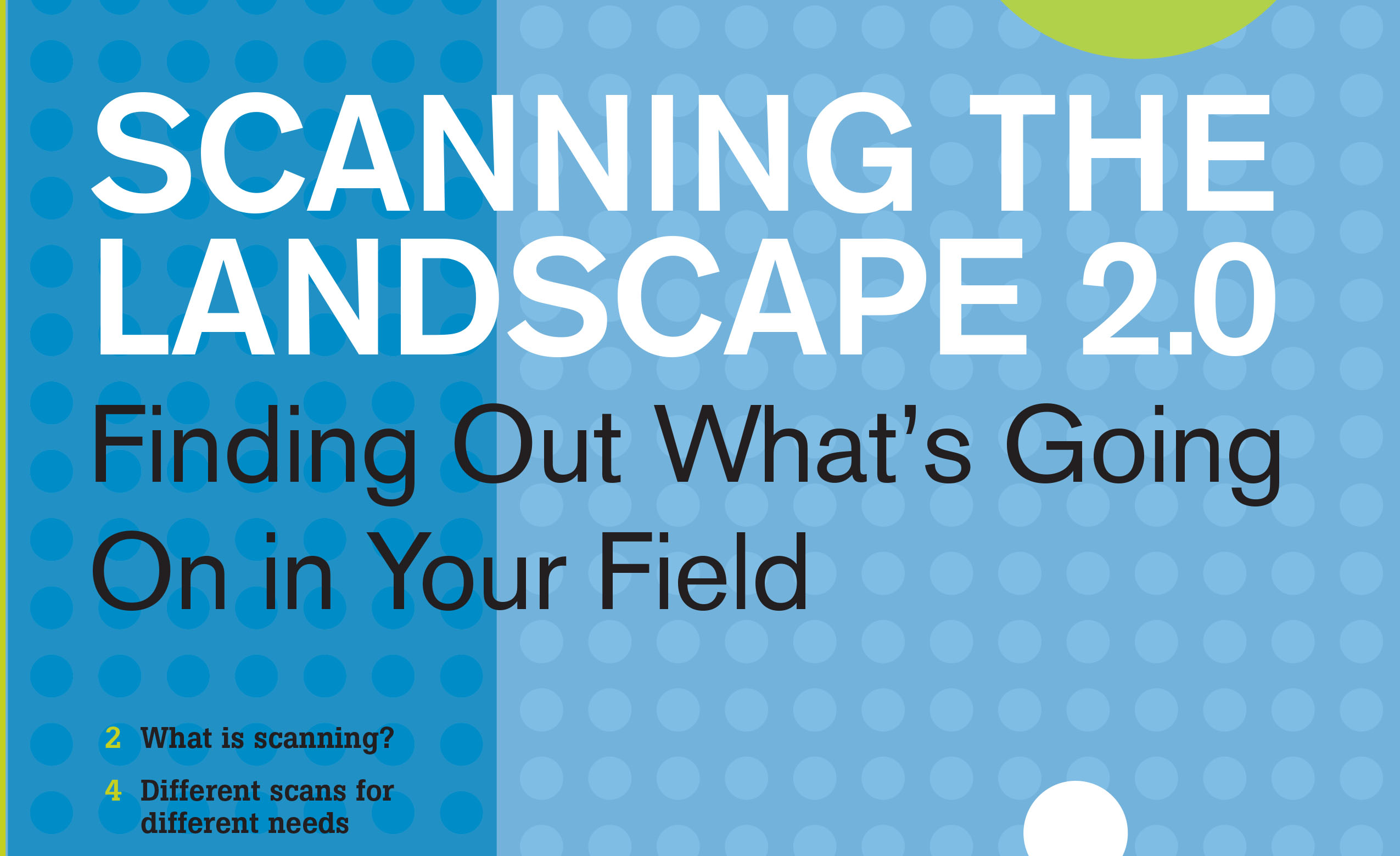Six Ways to Make the Most of Scanning: A Conversation with The Commonwealth Fund
“Our staff members are issue-based experts. They come into these roles knowing the field extremely well. But after a few years they are removed from the action. I’ve been thinking about this lately. How did I used to learn? How can I scan in order to continue to know what I used to know?”
We know that many foundations use GrantCraft materials in staff meetings to jump start conversations about improving practice. The program and grants management staff at the Commonwealth Fund in New York City held such a session a few months ago after reading an oldie but goodie: Saying Yes/Saying No to Applicants.
The Fund hires experts as staff to help achieve its mission of promoting a high performing health care system that achieves better access, improved quality, and greater efficiency, particularly for society’s most vulnerable people. The program team at Commonwealth includes a mix of senior staff, many of whom have been with the foundation for over 10 years; a cadre of program associates who are fresh from earning Master’s degrees; and several program officers who are new to philanthropy.
Sensing that an external facilitator might prompt another level of learning, Andrea Landes invited me to lead a discussion group with the Fund’s staff on scanning the landscape. I started with several of the key findings from the Scanning the Landscape 2.0 guide and then used a reflection on practice exercise to bring to life different scanning styles.
 Fund staff noted that scanning often takes place in a formal and analytical way through literature reviews, interviews with experts, strategic planning sessions, and annual internal presentations on the funding landscape. These practices allow staff to think schematically about the problems they are trying to solve and make grants that align with the culture of their institution. By drawing attention to informal scanning activities that individual staff members are already doing—tweeting, attending conferences, forming networks, getting big-picture input from grantees, and reading outside of one’s field—our discussion encouraged participants to consider ways to ritualize, maximize, and share these types of scanning techniques across the organization. Here are six ideas we discussed for squeezing the most out of informal scanning.
Fund staff noted that scanning often takes place in a formal and analytical way through literature reviews, interviews with experts, strategic planning sessions, and annual internal presentations on the funding landscape. These practices allow staff to think schematically about the problems they are trying to solve and make grants that align with the culture of their institution. By drawing attention to informal scanning activities that individual staff members are already doing—tweeting, attending conferences, forming networks, getting big-picture input from grantees, and reading outside of one’s field—our discussion encouraged participants to consider ways to ritualize, maximize, and share these types of scanning techniques across the organization. Here are six ideas we discussed for squeezing the most out of informal scanning.
- Twitter as curation: Beyond its utility as a “push” tool to disseminate information about a foundation, Twitter can also serve as a “curation” tool to track public opinion, key constituents, experts, policymakers and elusive voices surrounding an issue. A well-curated list of people to follow can turn a 10-minute wait in an annoying line into an amazing snapshot of the zeitgeist on your issue.
- Follow the #hashtag: Whether you tweet or not, you can use Twitter or a Twitter platform like HootSuite to track content of conferences you are unable to attend. Check the organizer’s web site for the assigned hashtag and search for that stream while the conference is underway to gain insight into what’s connecting with attendees.
- Live tweet round-up: Making time to share insights from conferences with colleagues is an age-old problem. That well-intentioned plan to write up a summary of highlights gets pushed aside during the catch-up period after being out of the office. For those who live tweet conferences, a cut-and-paste round-up of those real-time insights can be easily assembled afterwards to share lessons learned with staff back home.
- Expanded networks: Attending a conference or event in person is still a fundamental way to grow your network. Some folks you meet may become co-funders, while others may not due to varying organizational theories of change. Either way, there’s value to having funders from many different types of institutions available to you to broaden your perspective on approaching your work.
- Grantee check-ins: Program staff can commit to asking grantees a similar set of scanning questions throughout the year—not just about the progress of their grants but also about what they’re seeing more broadly. Where is the field going? What is the policy window of opportunity on the horizon? Junior staff can be tasked with creating a system for capturing these responses to build collective knowledge. Online collaboration software such as Basecamp or Central Desktop can be used to facilitate project management and document sharing across teams.
- Digital tools: Finding simple ways to track philanthropy research, news, and commentary can promote a cross-fertilization of ideas for you within your area of expertise. Three free Foundation Center knowledge services include PubHub, a database of foundation-supported research; PND, a daily philanthropy news digest; and PhilanTopic, a wide-ranging blog of original commentary that also includes a weekly round-up of noteworthy posts from around the sector. Do any of these suggestions on maximizing informal scanning ring true? What other tips do you have for colleagues on ritualizing techniques for day-to-day scanning and sharing knowledge across an organization?



